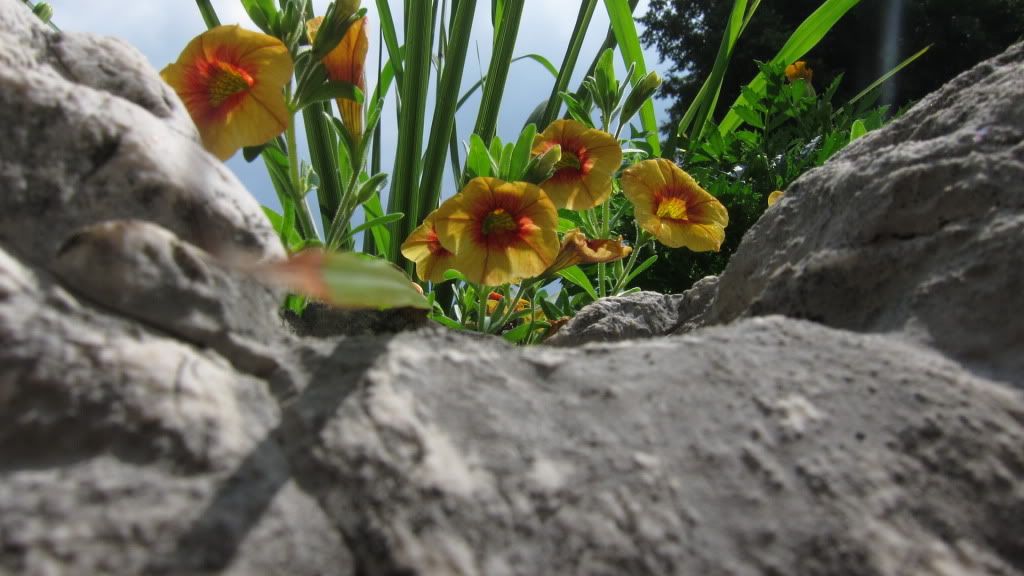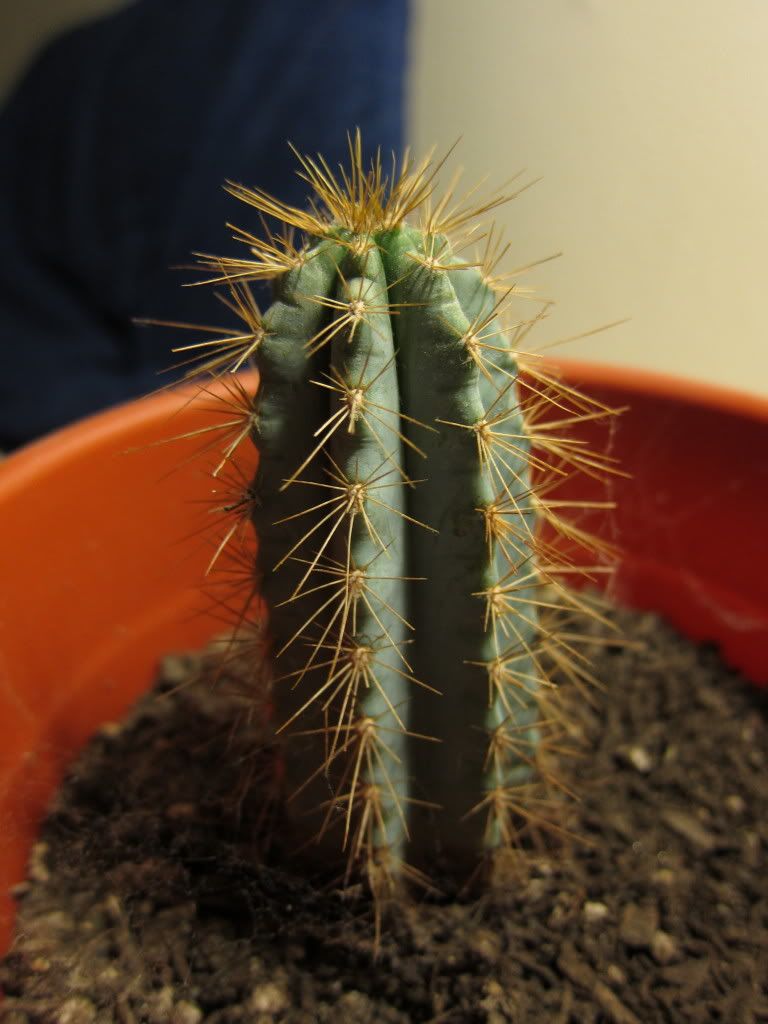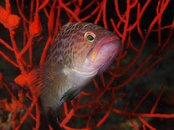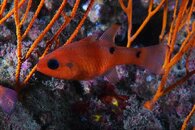blackvans1234
Contributor
Hey all, just got a new camera and am looking for some constructive criticism. Until this point in my life I have not taken many pictures at all, so I am a n00b.
I have done much reading online, and have tried to integrate the paper knowledge with practical application in shooting photography.
I am focusing on Macro for the time being because until I can buy lenses and whatnot, it is probably going to be the best types of pictures I can take.
Oh yea, I don't have the underwater housing yet, so these are all above water pictures.
Lets see If I can make these pictures work.
If the links do not give you the ability to see the full size, just use this link to my photobucket page - Pictures by DiverRichie - Photobucket
Now for the SB links....
1

2

3

4

5

6

7

8

9

10

11

12

13

14

----------------
I have done much reading online, and have tried to integrate the paper knowledge with practical application in shooting photography.
I am focusing on Macro for the time being because until I can buy lenses and whatnot, it is probably going to be the best types of pictures I can take.
Oh yea, I don't have the underwater housing yet, so these are all above water pictures.
Lets see If I can make these pictures work.
If the links do not give you the ability to see the full size, just use this link to my photobucket page - Pictures by DiverRichie - Photobucket
Now for the SB links....
1

2

3

4

5

6

7

8

9

10

11

12

13

14

----------------







